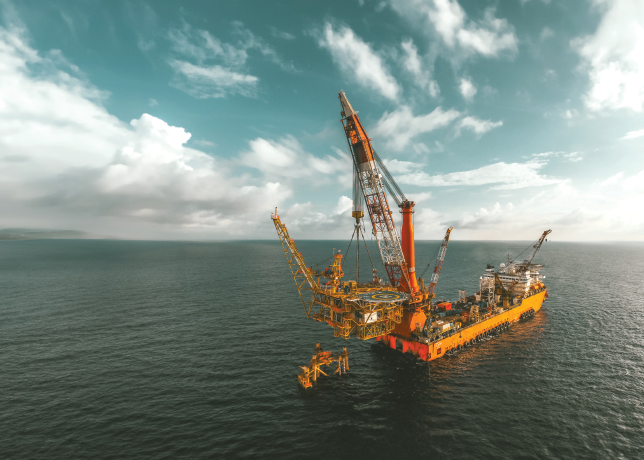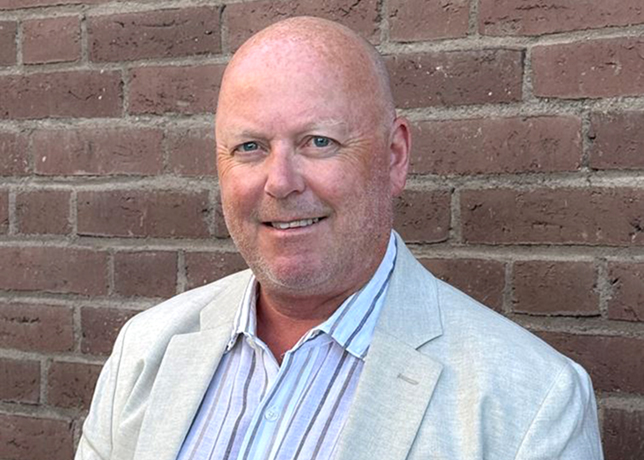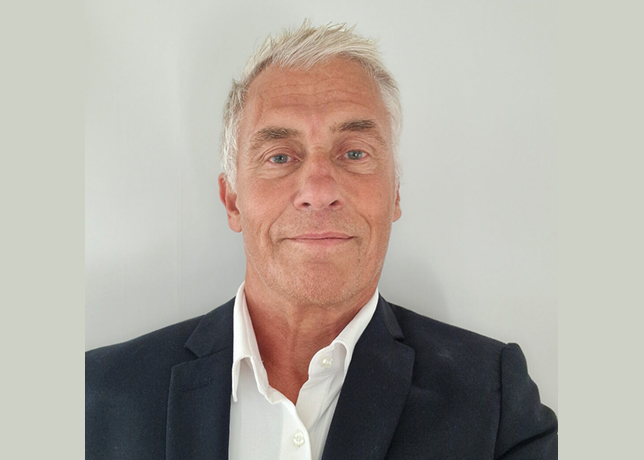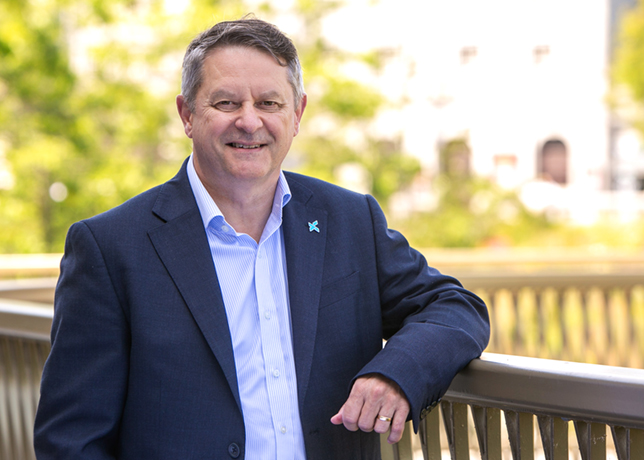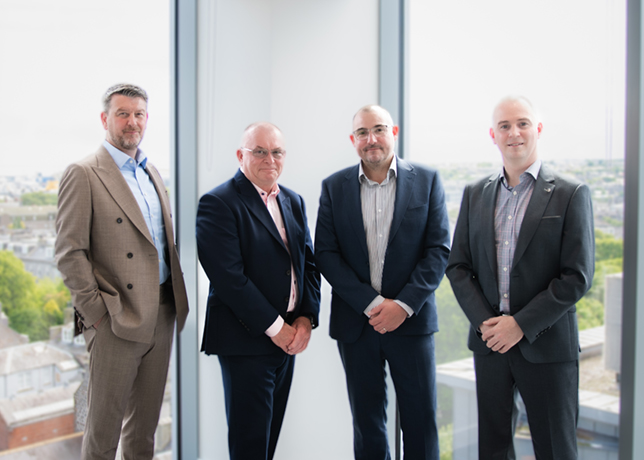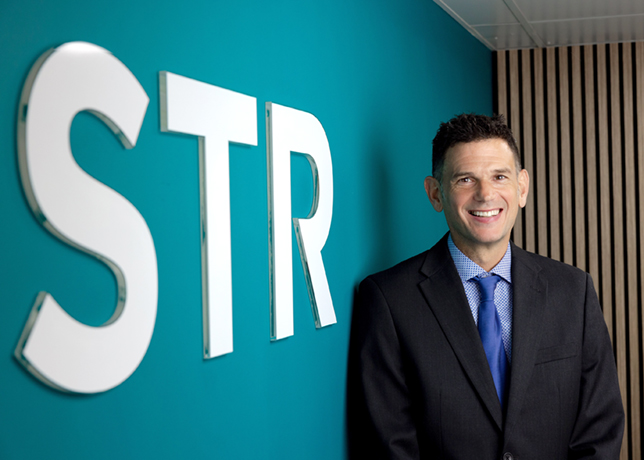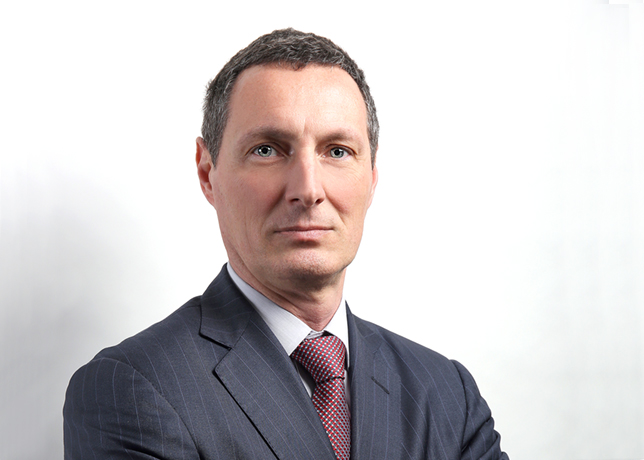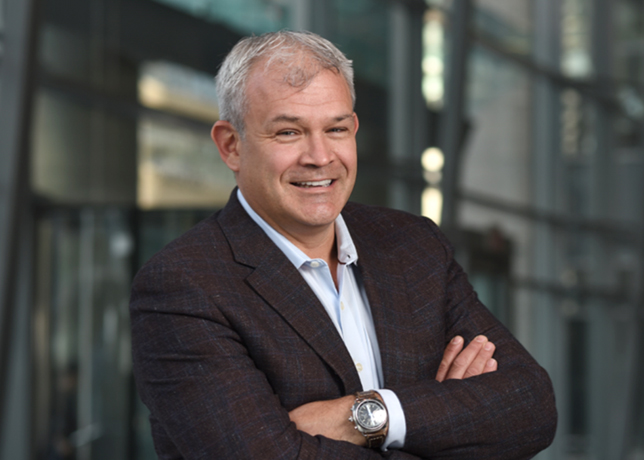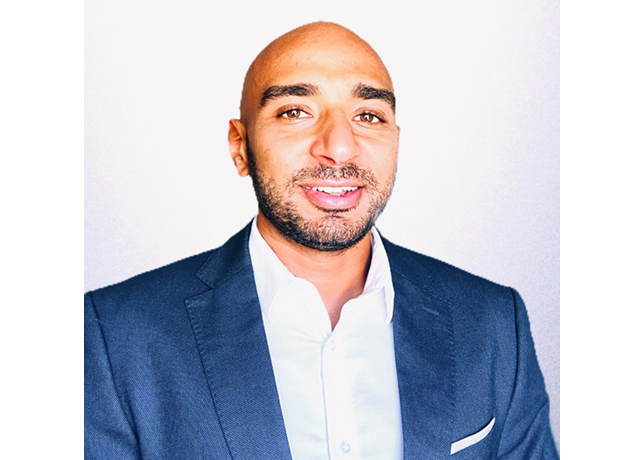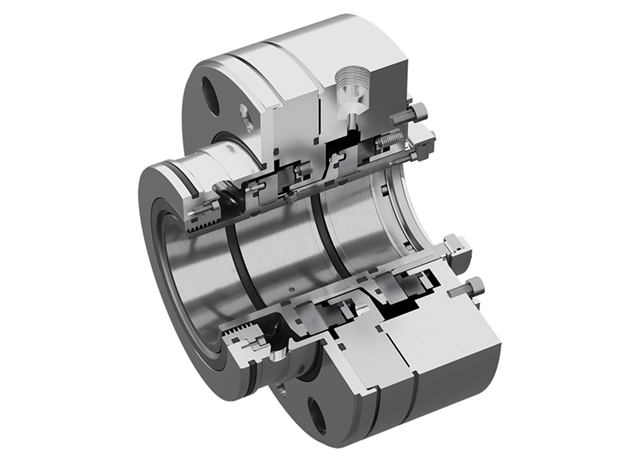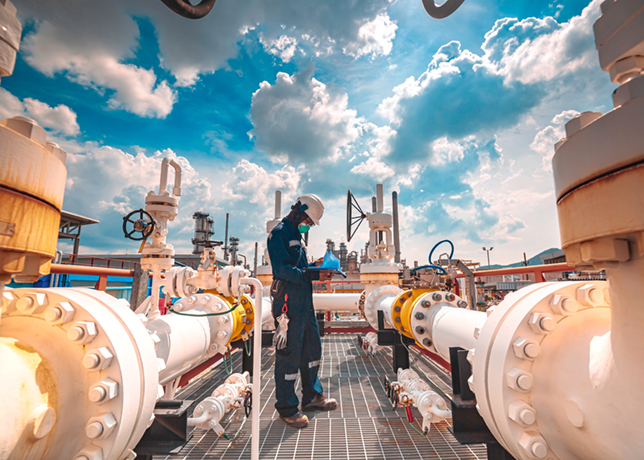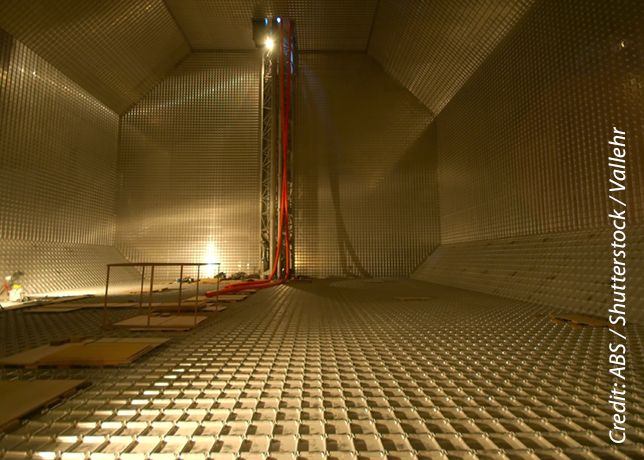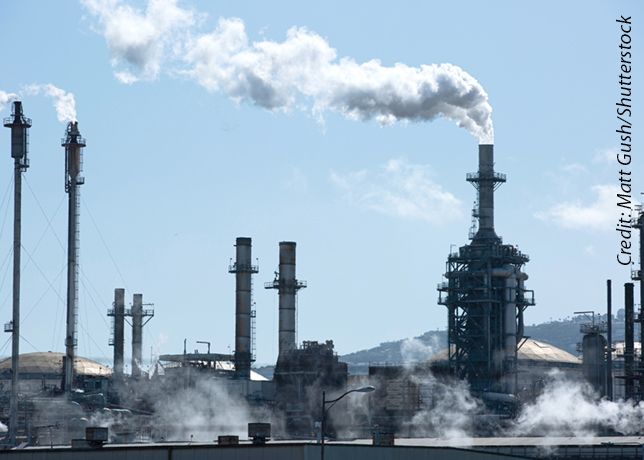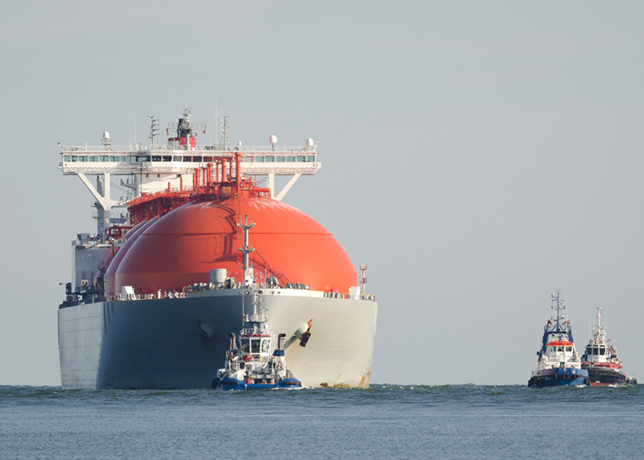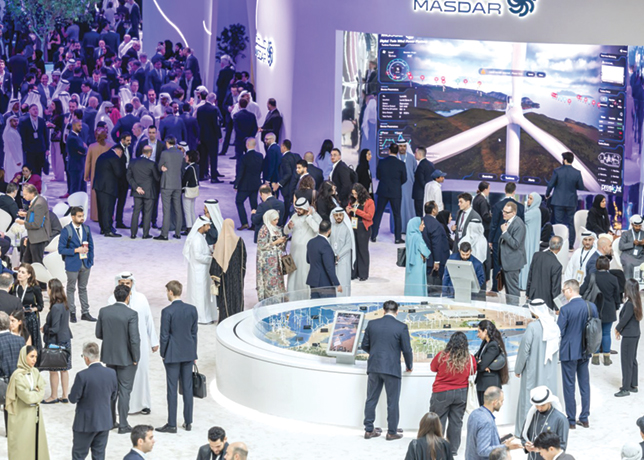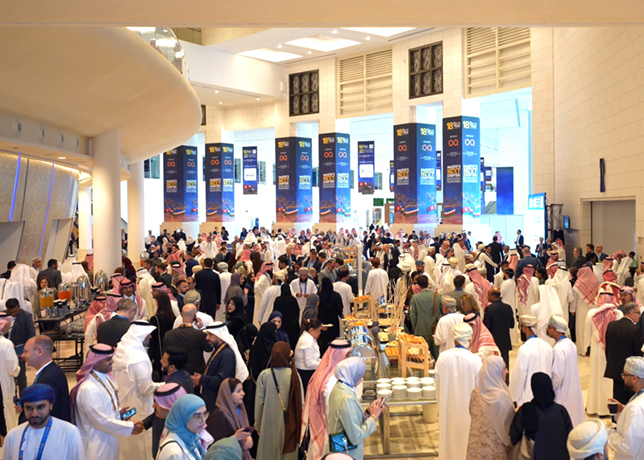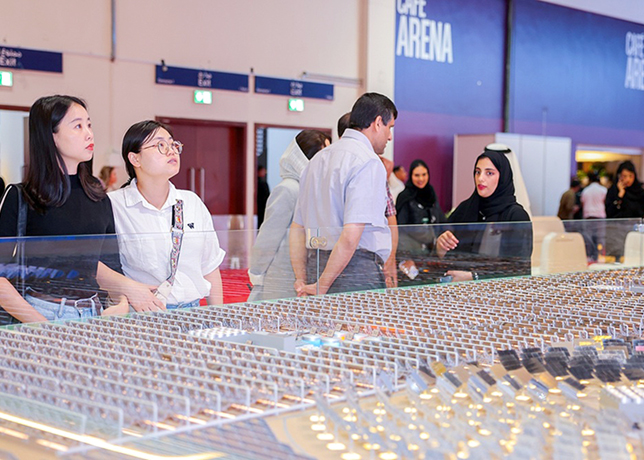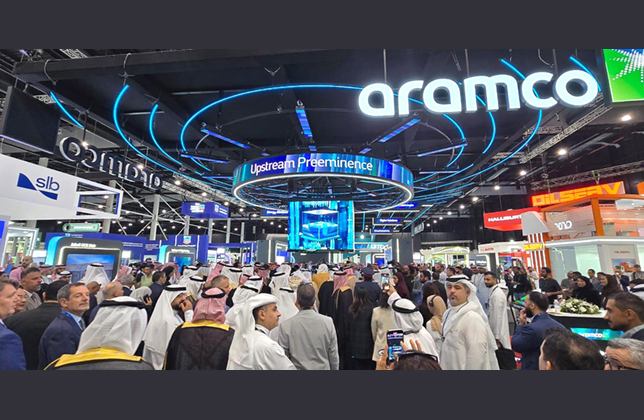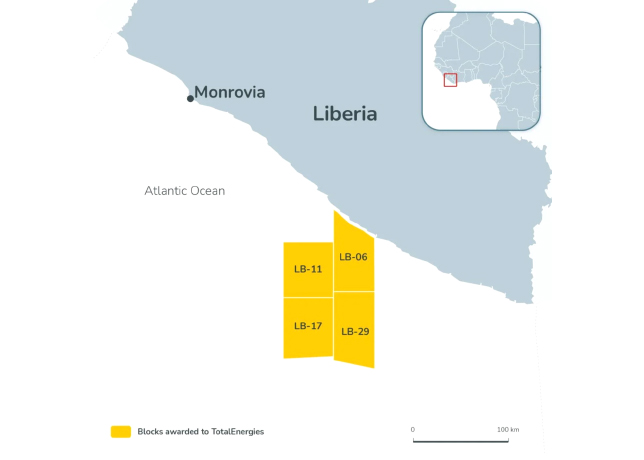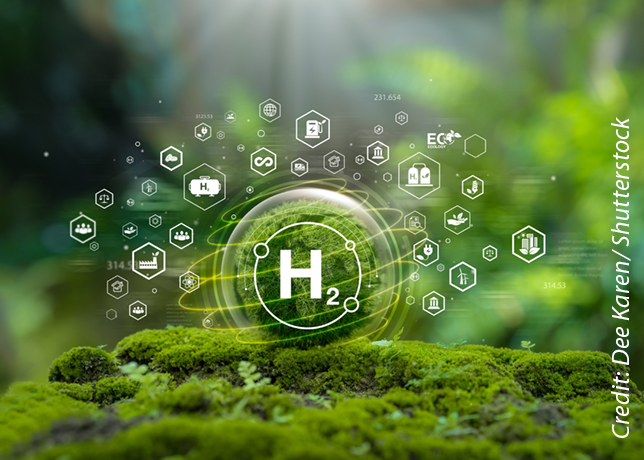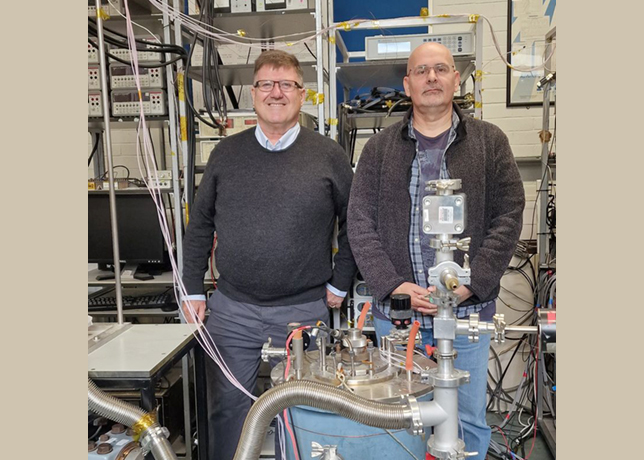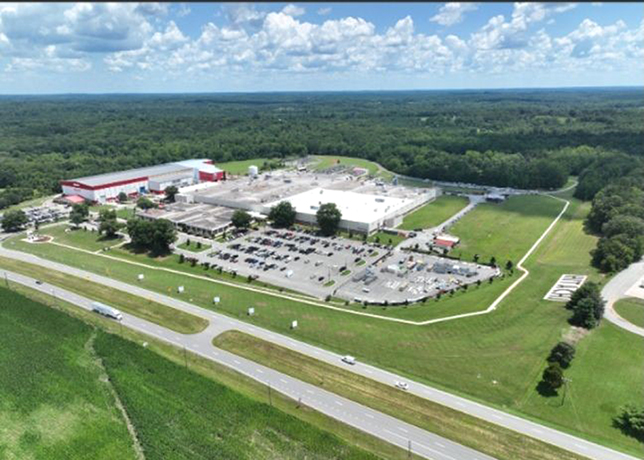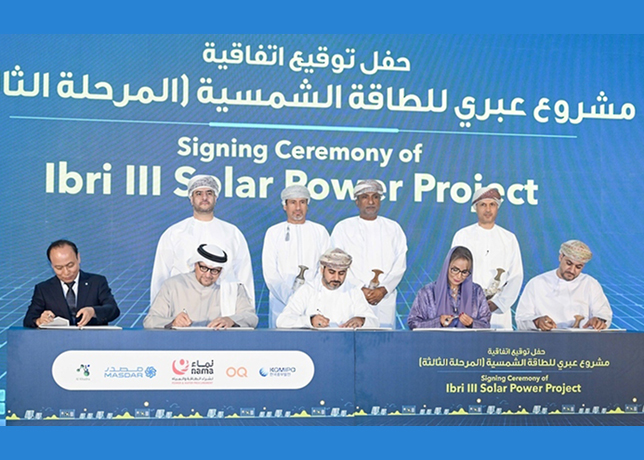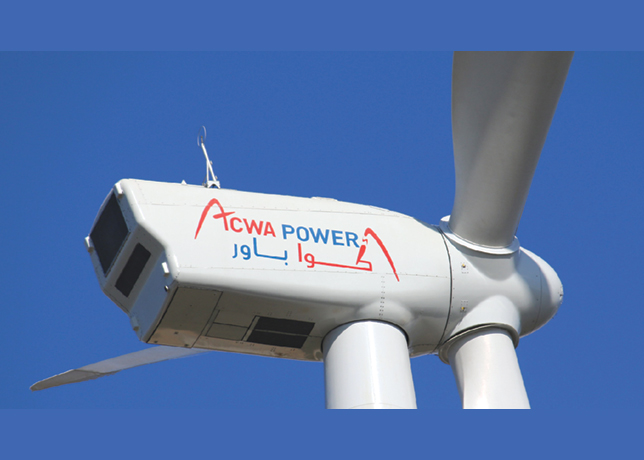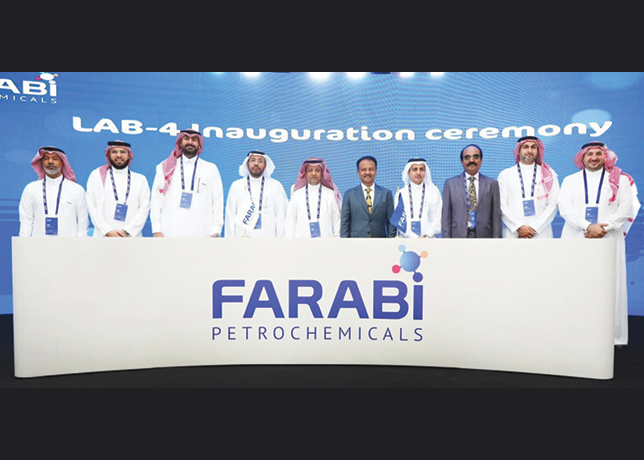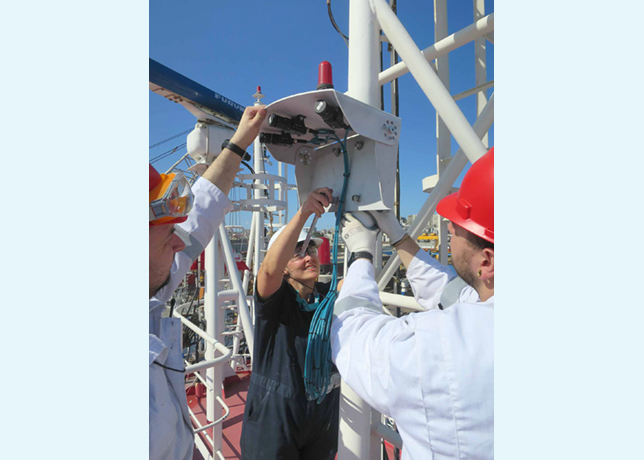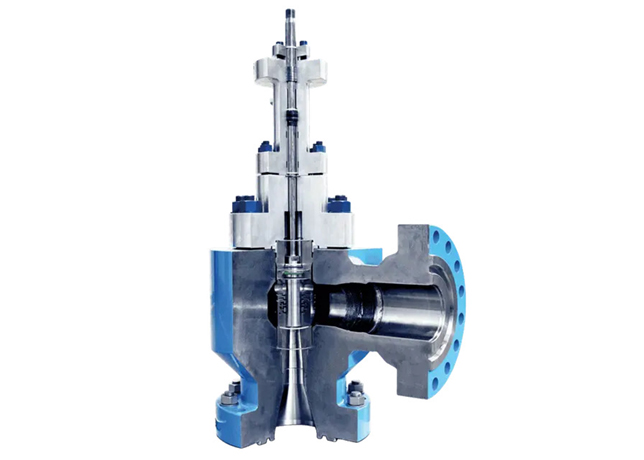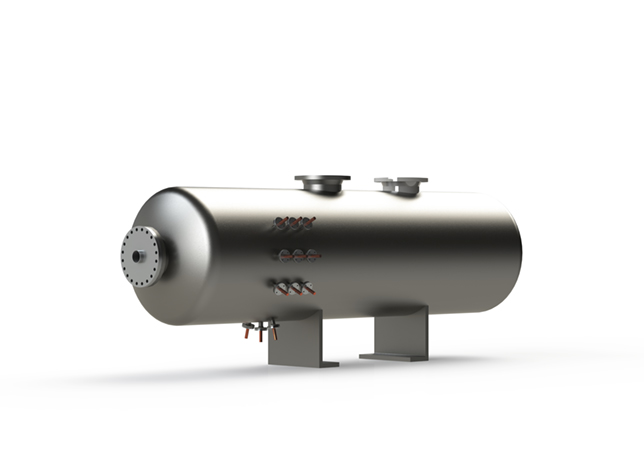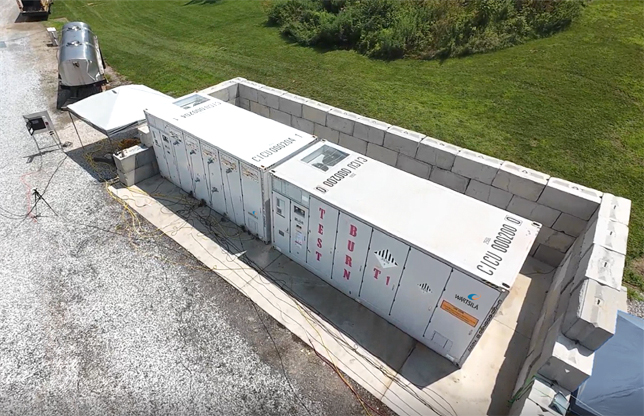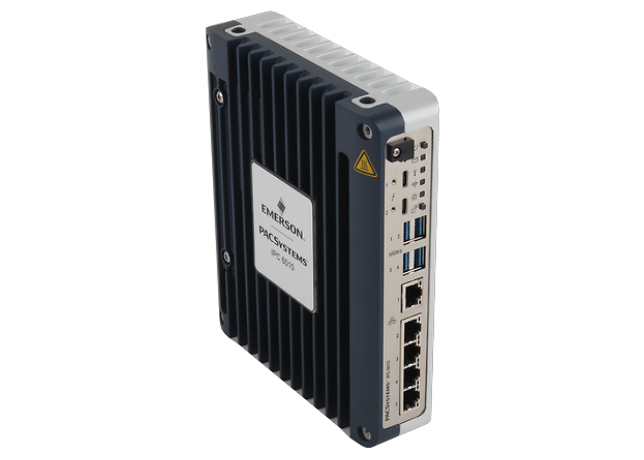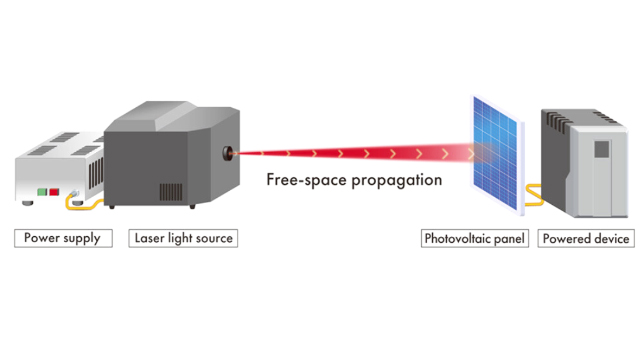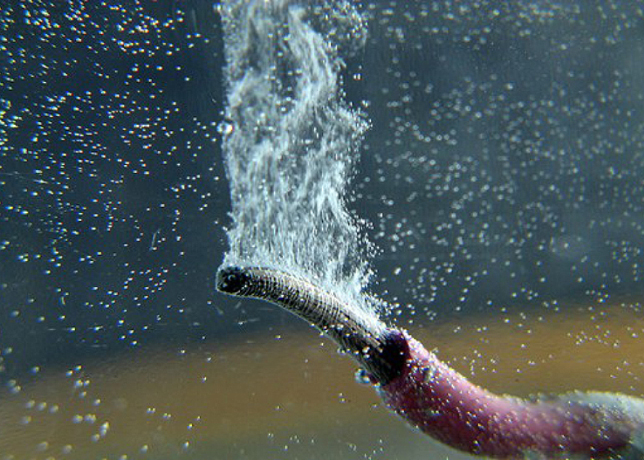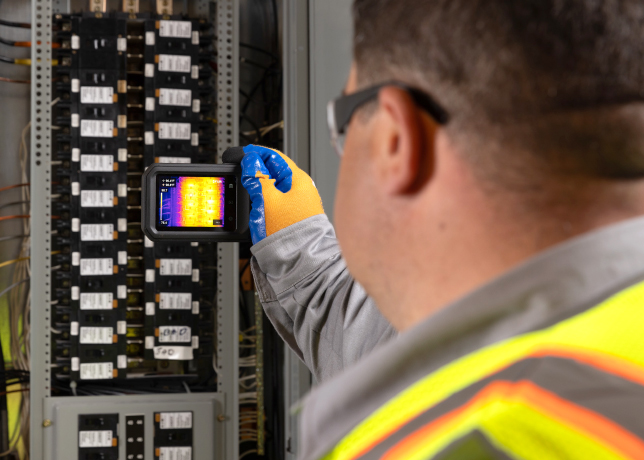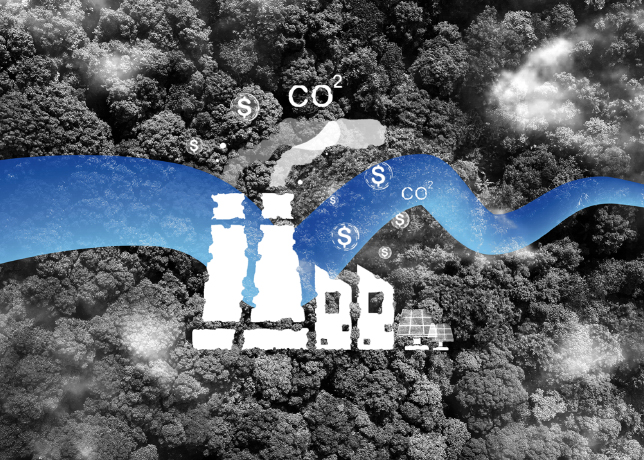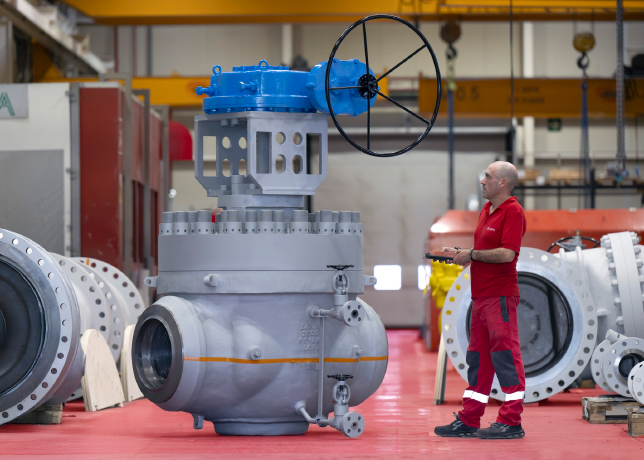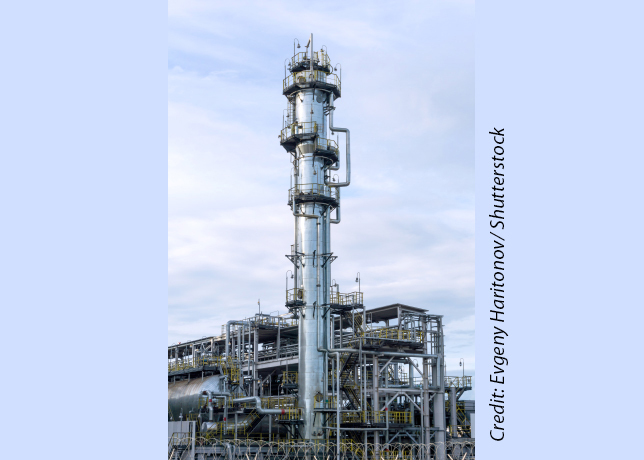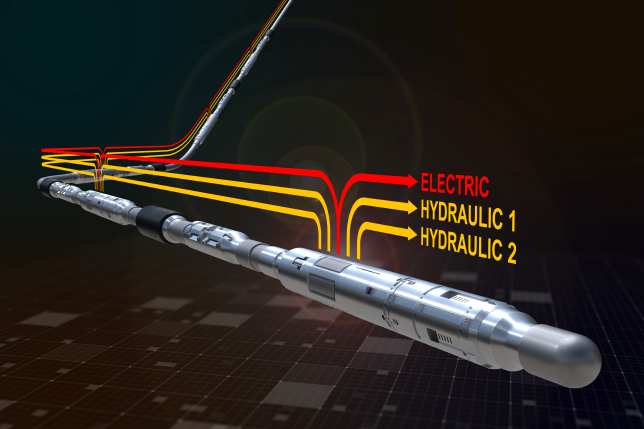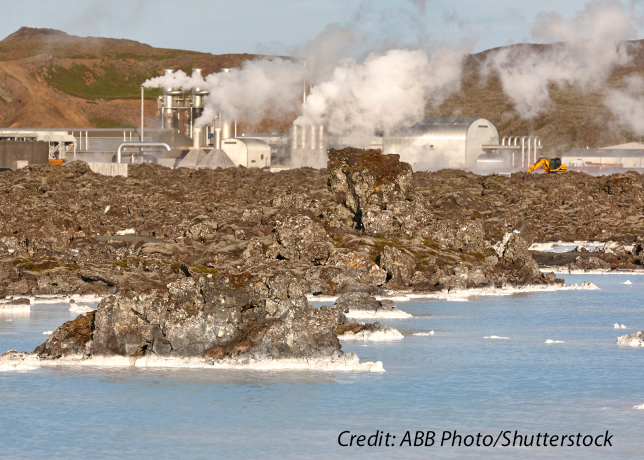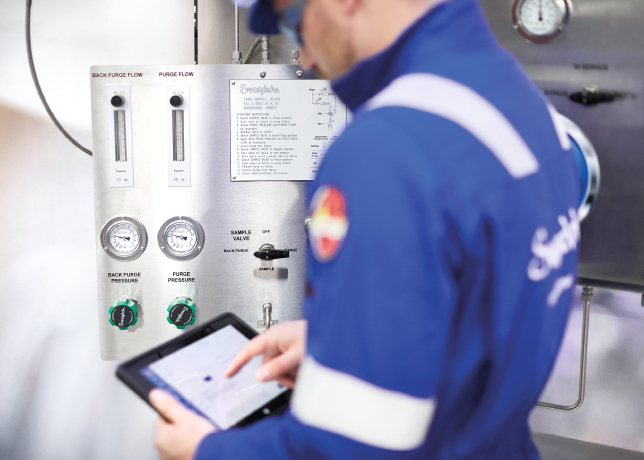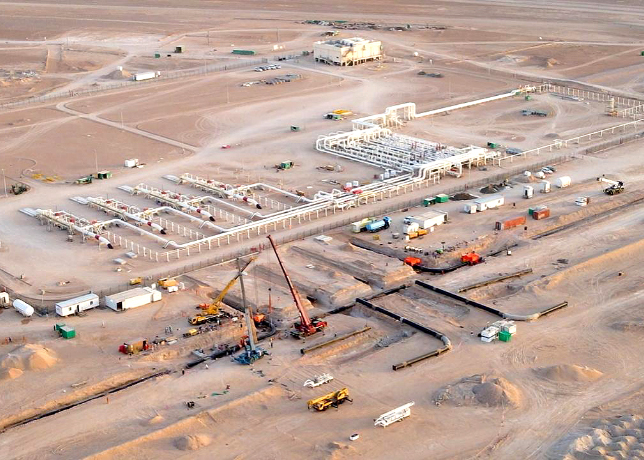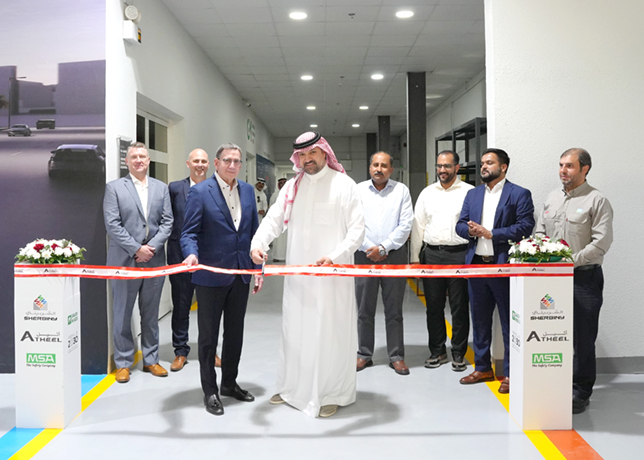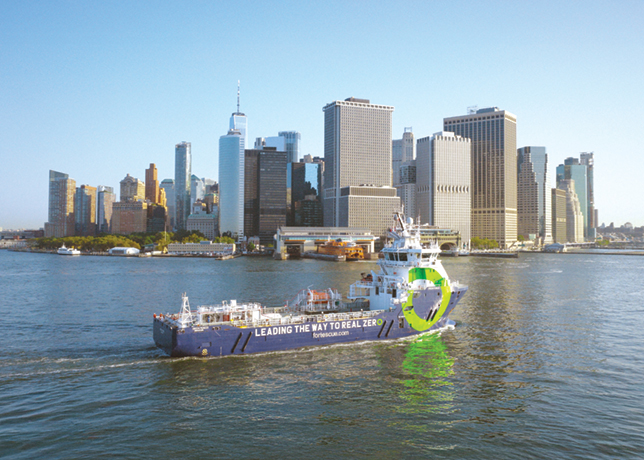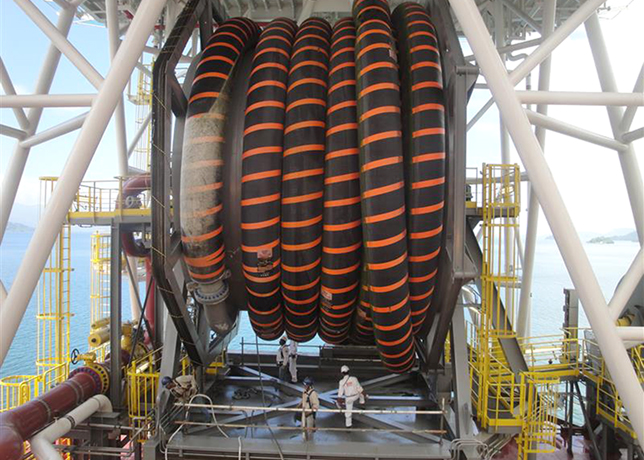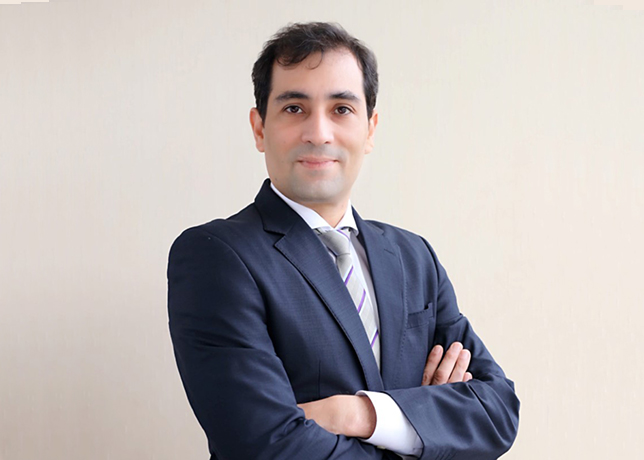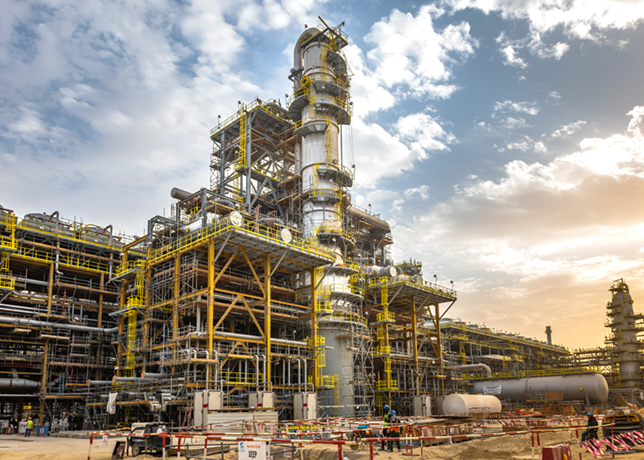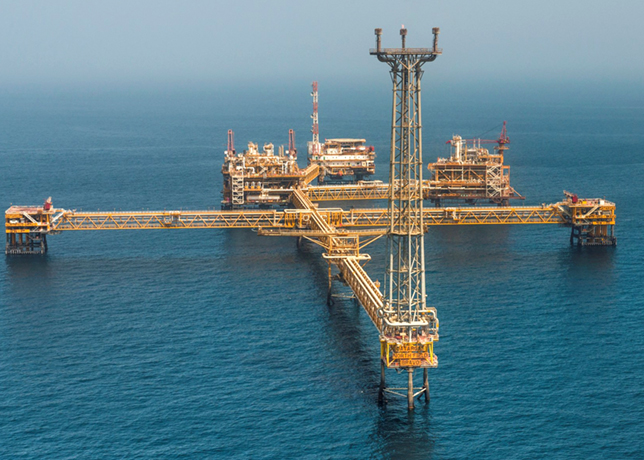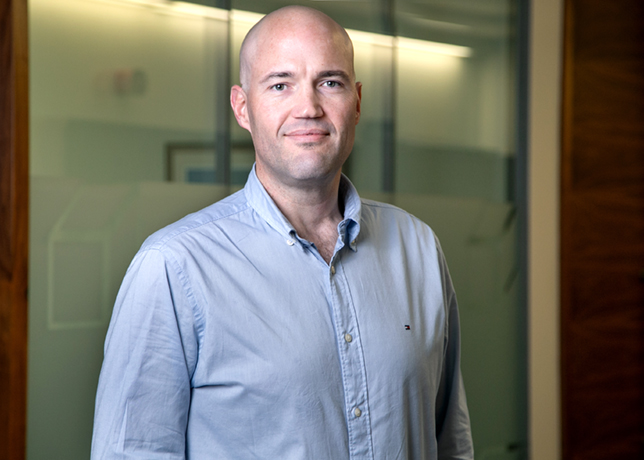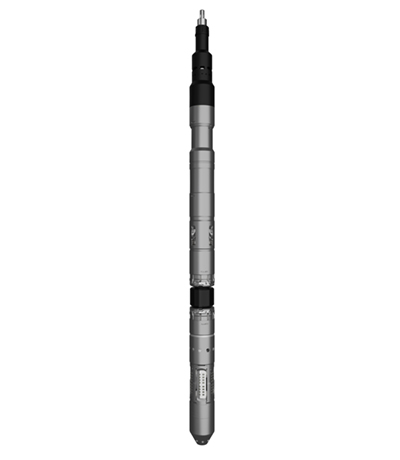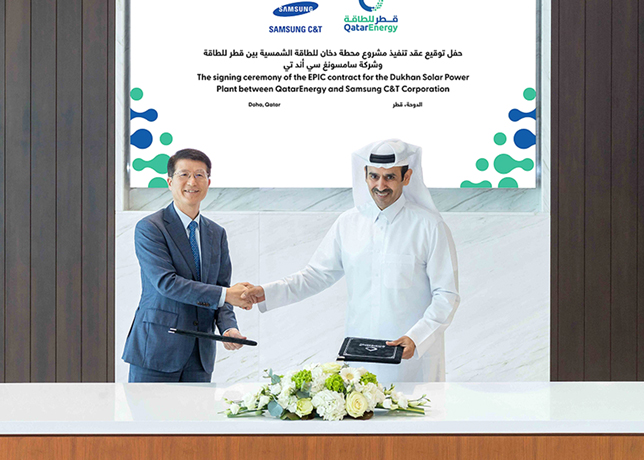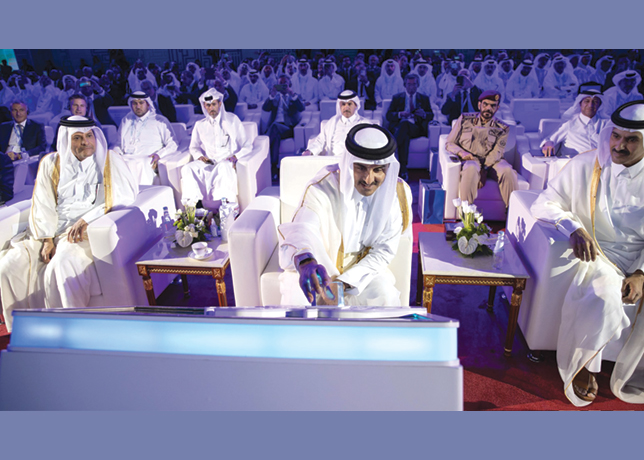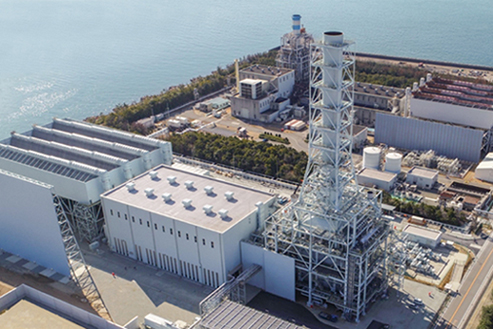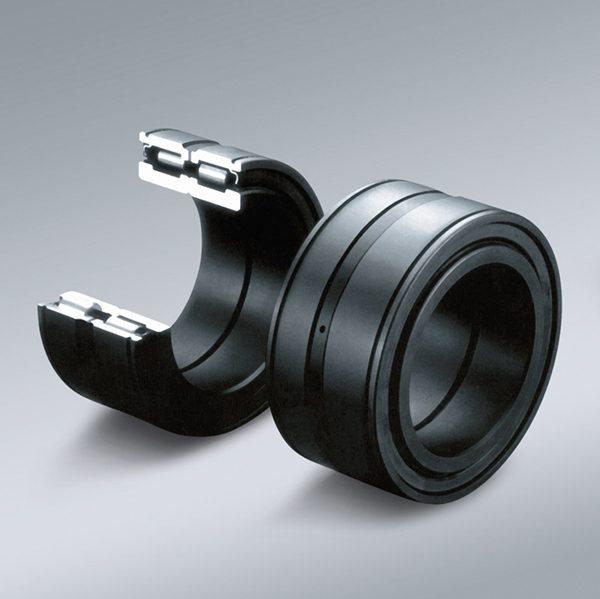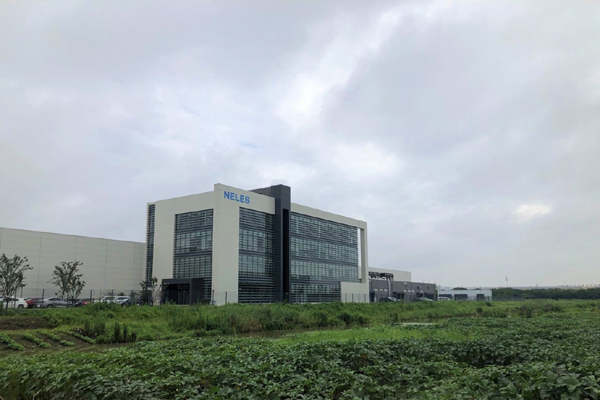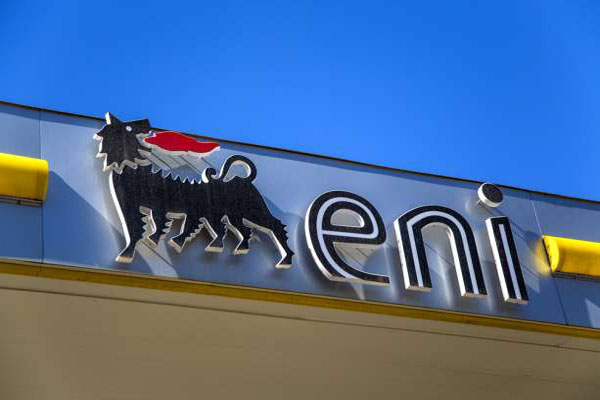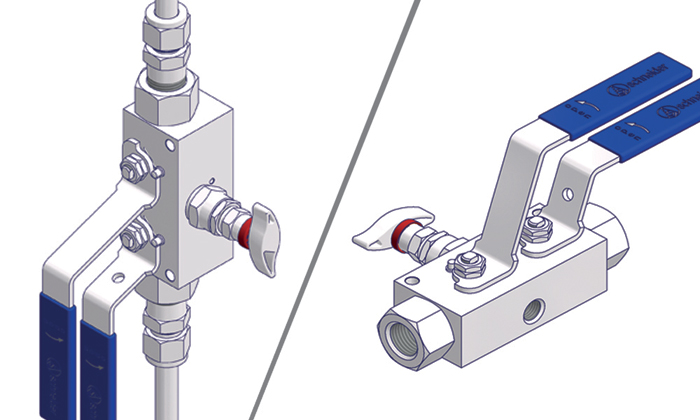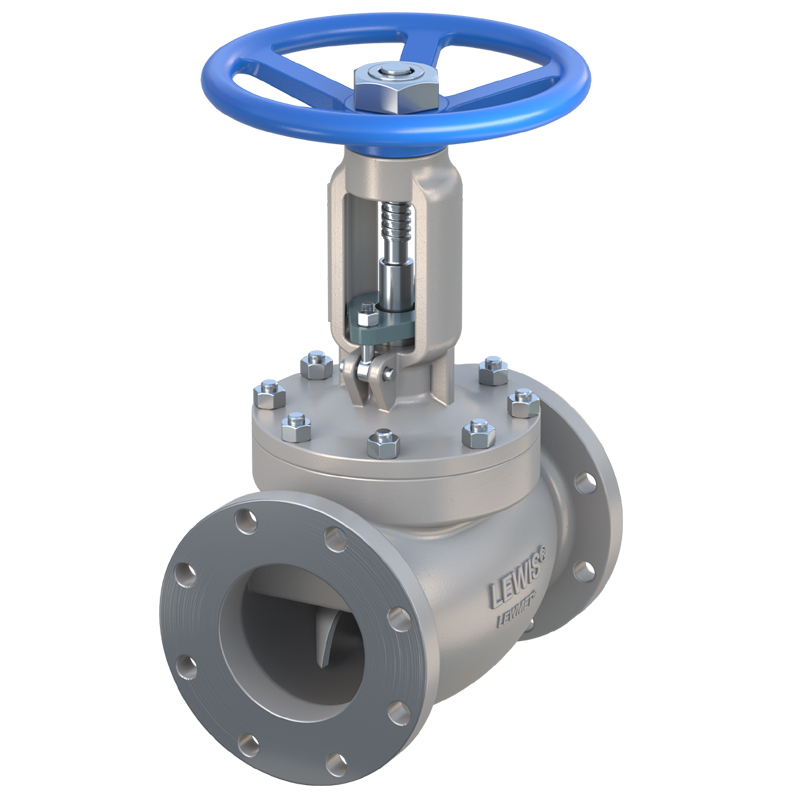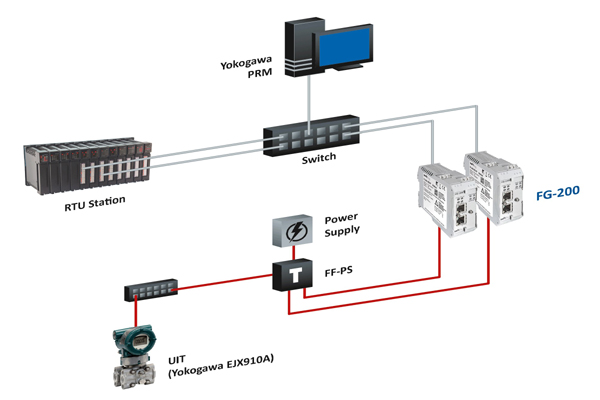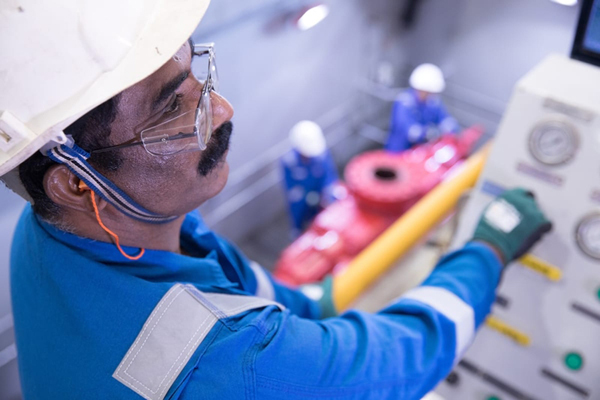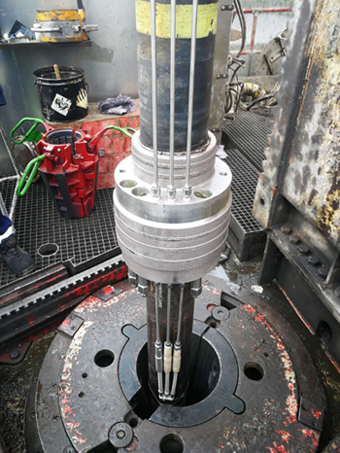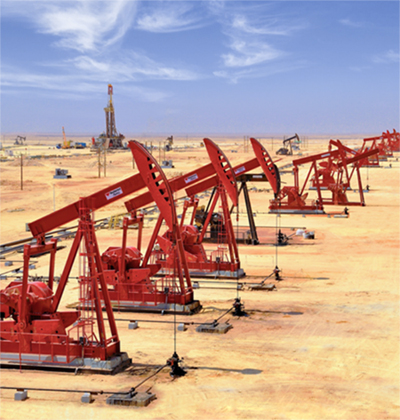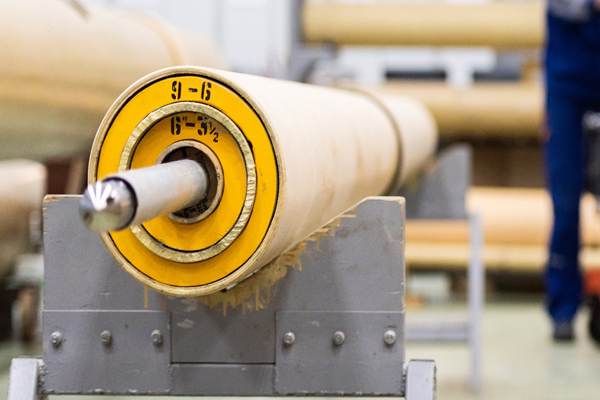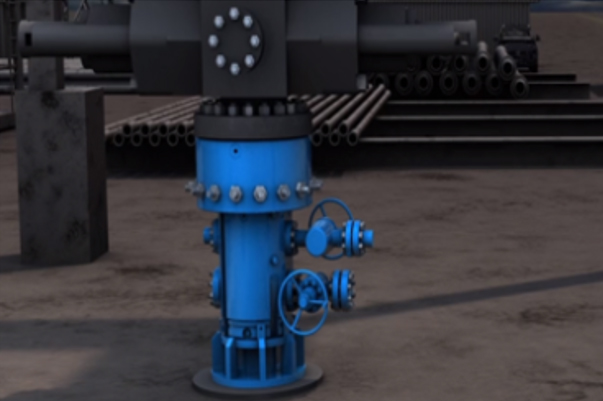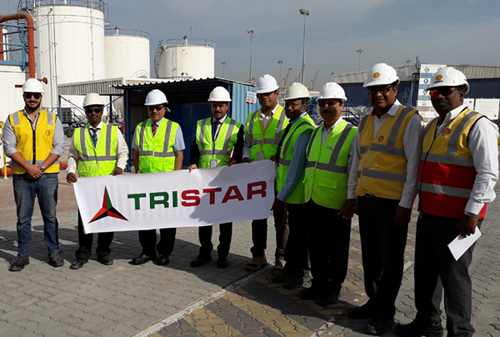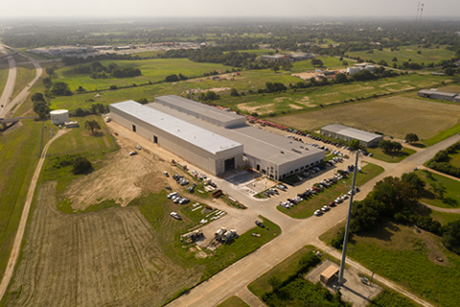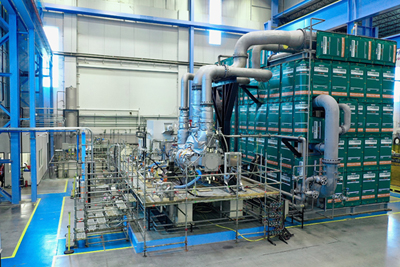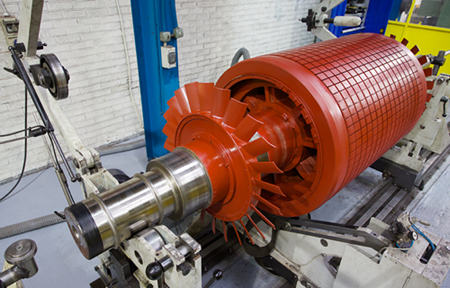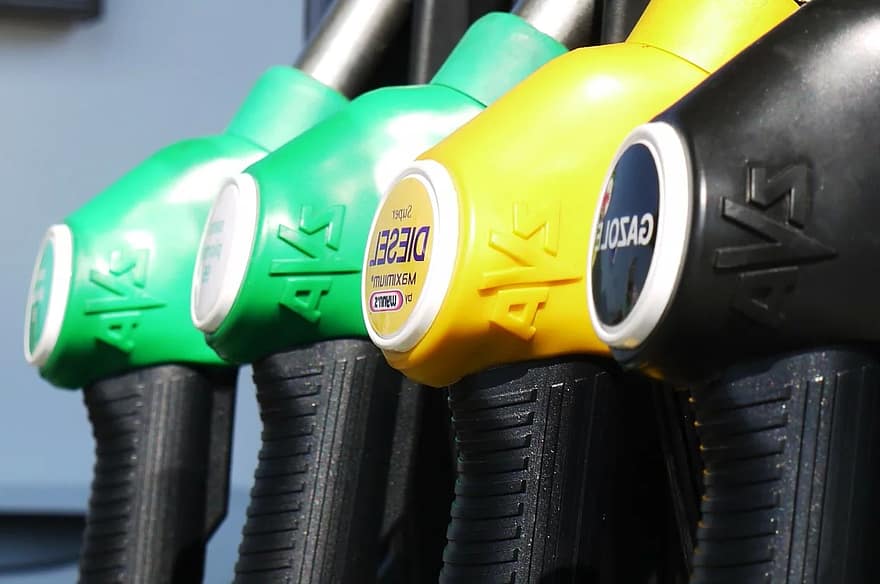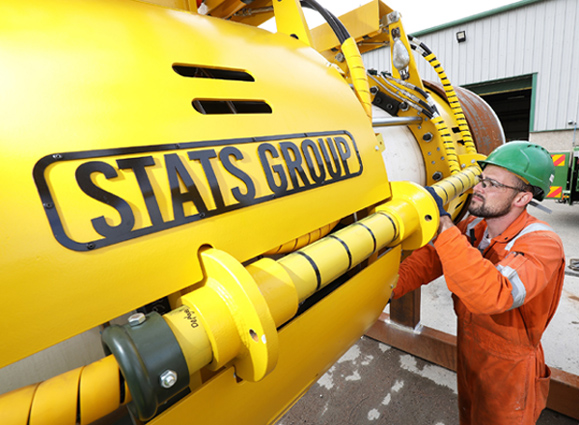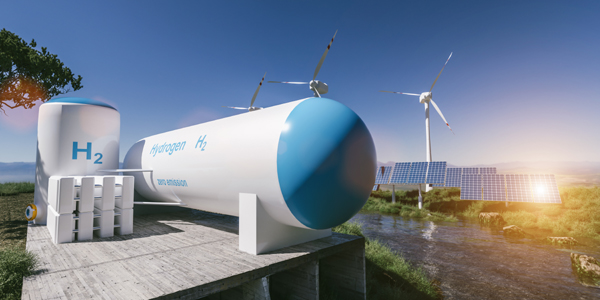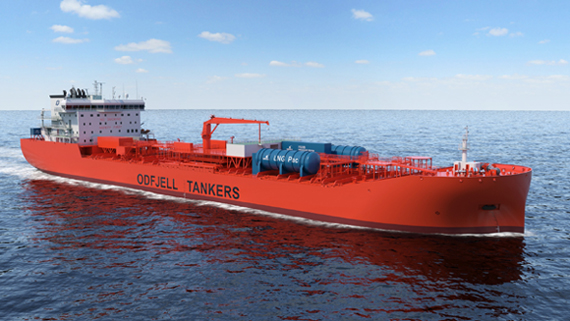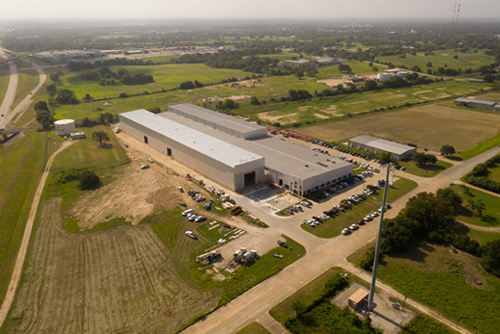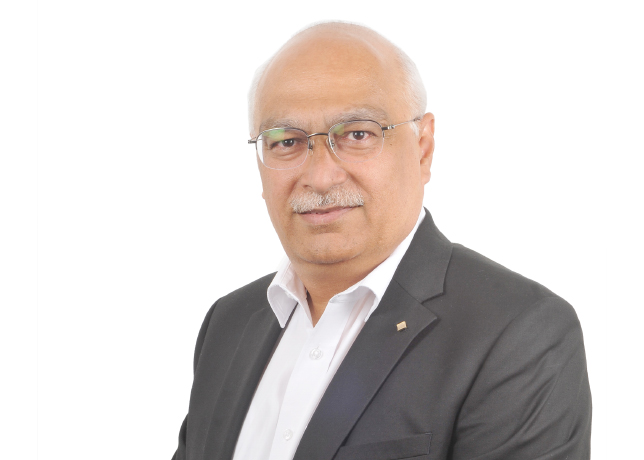
 Rohit Gupta
Rohit Gupta
The company’s tailored analyser solutions and skilled workforce development support Vision 2030, and empower clients with high-performance solutions for industrial operations, Rohit Gupta tells OGN
Yokogawa's analyser system integration facility at King Salman Energy Park (SPARK) showcases its expertise in delivering tailored solutions for clients in the Middle East and Africa region.
"By leveraging custom-engineered sample systems and AI-enhanced analysers, Yokogawa ensures reliable performance, meeting the region’s complex refining and petrochemical demands," Rohit Gupta, Vice President, Yokogawa Middle East and Africa tells OGN energy magazine in an exclusive interview.
The facility strengthens Saudi Arabia’s Vision 2030 through localisation, integrating advanced analyser engineering and fostering local talent via specialised training.
This reduces dependency on overseas supply chains while supporting In-Kingdom Total Value Add (IKTVA) and sustainable growth in non-oil sectors.
Below are excerpts from the interview:
What strategic advantages does Yokogawa’s expanded analyser system integration facility at SPARK bring to your clients in the Middle East and Africa, particularly in terms of project lead times and localisation?
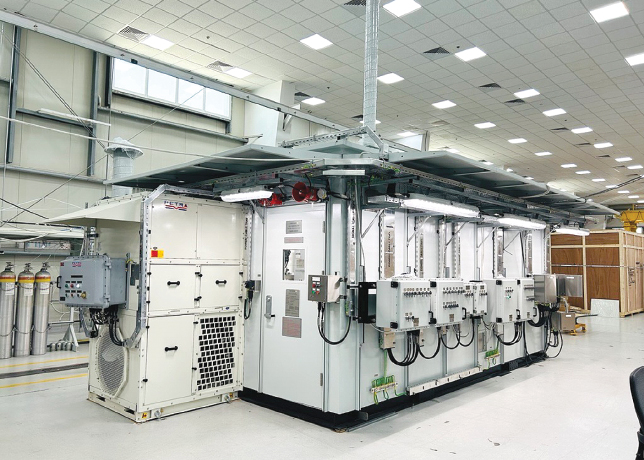 |
Locally integrated shelter with HVAC |
The expanded capacity of our analyser system integration facility at King Salman Energy Park (SPARK) allows us to execute multiple large-scale projects in parallel, significantly shortening project lead times, thus delivering a significant competitive advantage to our customers.
Moreover, the localisation of engineering, fabrication, testing, and assembly within the Kingdom ensures faster response times, reduced logistics dependencies, and the creation of job opportunities within the Kingdom. This contributes to In-Kingdom Total Value Add (IKTVA), directly supporting the country’s Vision 2030 and enhancing client confidence in our ability to meet demanding schedules.
This expansion also adds to our overseas business in the Middle East and Africa (MEA) region, resulting in increased exports in line with the vision.
The SPARK expansion is a direct investment in Saudi Arabia’s industrial localisation goals. It supports industrial localisation objectives by bringing state-of-the-art engineering and integration competencies into the Kingdom that not only reduce dependency on overseas supply chains but also foster local talent through training and knowledge transfer.
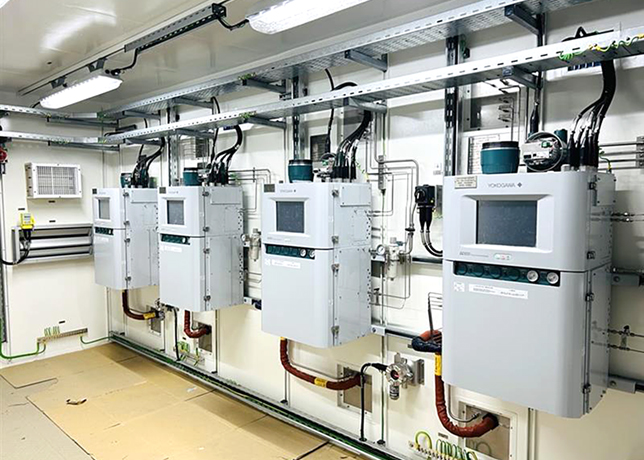 |
Yokogawa’s gas chromatograph inside a shelter |
Our equipment has applications in various non-oil sectors, and is used to measure important engineering parameters. This expansion adds value to those instruments, making an in-Kingdom engineered solution for use.
Also, our workforce development programmes equip Saudi engineers and technicians with specialised skills in analyser integration, project execution, and digital plant technologies, thus ensuring sustainable growth beyond oil.
How does the analyser integration at SPARK complement your MAC capabilities, especially in large-scale greenfield and brownfield projects?
As a main automation contractor (MAC), our role often spans control systems, field instrumentation, and integrated plant solutions.
The SPARK facility complements this by providing an analyser integration hub that ensures seamless alignment between process control systems and process analytics from the initial phase of the project.
This is especially valuable in large-scale greenfield and brownfield projects where early analyser integration with the control system can prevent costly interface issues during commissioning.
How does the concept of a physical twin at SPARK enhance customer experience compared to traditional digital twins used in FATs? What kind of real-world conditions can be simulated, and how has this changed testing and commissioning outcomes?
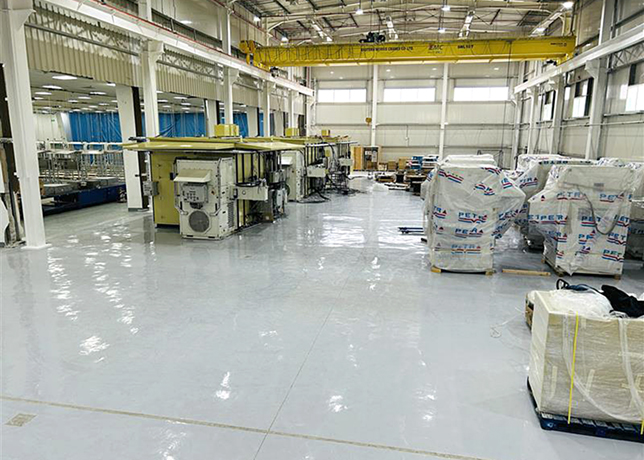 |
Yokogawa’s expanded shop floor overview |
Our "physical twin" approach at SPARK allows customers to interact with a fully built, operationally representative analyser shelter during factory acceptance tests (FATs) before site deployment.
We replicate near-process conditions with respect to temperature, pressure, humidity, and process compositions to verify the analyser system against given plant conditions.
We use a complex blend of gases/liquids similar to the process composition for the calibration of analysers.
Multiple fault conditions are generated to verify the system performance with regard to its design in these conditions.
Thus, FATs are more realistic, can help reduce commissioning times at the site, and significantly lower the risk of rework of post installation issues, which could result in delays.
Many regional clients face growing complexity in refining and petrochemical operations. How is Yokogawa’s expertise in engineered sample systems and custom HVAC solutions helping to improve analyser reliability and uptime under harsh conditions?
You will agree that the most critical part of any analyser system is its sample conditioning system, which, if not designed to meet the requirements, will result in analyser failure.
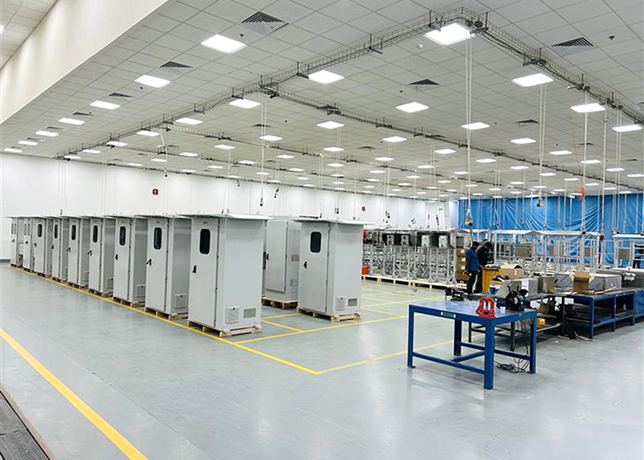 |
Yokogawa’s integrated cabinets for a Saudi customer |
Our engineered sample systems and customised HVAC solutions ensure stable operating conditions within shelters, protecting sensitive instruments.
At Yokogawa, we have many years of experience designing systems that can handle the toughest applications, as we custom design the sample systems following a "no one size fits all" approach.
Our experienced engineering team, with process know-how along with a huge existing database, containing past executed applications, enables us to achieve a robust sampling system.
The culture of implementing lessons learnt during past executions also strengthens the reliability of Yokogawa-designed sampling systems.
Similarly, the HVACs are also designed to suit the outdoor/indoor conditions, with requirements based on the size of the analyser house.
Detailed calculations are run to decide on the HVAC specifications to ensure higher reliability and uptime.
This engineering precision translates into extended mean time between failures (MTBF) and sustained measurement accuracy and ensures high availability.
Given the rise of integrated operations and AI-based diagnostics, how are your latest process analyser systems evolving to support autonomous or semi-autonomous plant operations? Could you share examples of current deployments?
Yokogawa analyser systems are equipped with historical data storage, fault analysis, and predictive analytics that enable the control system to act faster with improved accuracy in controlling the process operation.
We do provide an analyser management system, which has features to self-diagnose fouling in sample lines or detect early drift in measurement accuracy, prompting automated recalibration sequences, thus helping to reduce unplanned maintenance and downtime.
We also have predictive software in our gas chromatographs that uses an AI tool for the prediction of baseline shifts in subsequent measurements, thus helping our users plan maintenance.
What are the current trends in analyser technology globally that you see impacting operations in the Middle East, particularly with regard to miniaturisation, AI-enhancement, or real-time process adaptation?
We observe three main trends shaping the future:
• Miniaturisation: Smaller analyser footprints, modular sampling systems reducing shelter space and utility requirements, and ease of integration.
• AI enhancement: Embedded machine learning enables ease of troubleshooting, condition-based maintenance, and supports predictive maintenance and real-time process performance optimisation.
• Real-time adaptation: Systems capable of adjusting to feedstock variability and process disturbances, which is crucial for operational smartness.
These trends are particularly relevant in the Middle East where plants often need to process diverse crude slates or adapt to dynamic energy market demands.
With cybersecurity threats increasingly targeting operational assets, how are you ensuring that data acquisition from analysers and AMADAS systems is secure, especially during remote integration or maintenance phases?
We employ a multi-layered cybersecurity approach, incorporating IEC 62443-compliant architectures for analyser and AMADAS systems.
Secure gateways, encrypted data transmission, role-based access control, and remote monitoring via secure VPN tunnels ensure that integration and maintenance activities do not expose operational assets to cyber threats. This is particularly important as remote FATs and diagnostics become more common.
With the SPARK facility now integrating CEMS with EPA/RC reporting, how is Yokogawa helping customers align with stricter environmental regulations and national climate commitments like Saudi Arabia’s net-zero by 2060 target?
As you know, we can control what we can monitor, and we can monitor what we can measure.
With our continuous emissions monitoring systems (CEMS), we are enabling customers to comply with stricter environmental regulations by ensuring that accurate, real-time emissions data is readily available for both operational optimisation and regulatory submission.
Our solutions also facilitate predictive maintenance of emissions systems, ensuring consistent compliance without unexpected downtime while reducing environmental impact thus contributing effectively to the Kingdom’s net-zero target.
Looking ahead, how do you foresee the role of analyser systems evolving in the next 5–10 years within decarbonised, digitally transformed plants? Will they shift from compliance tools to real-time optimisation engines?
With the evolution of AI and increasing digitalisation, we foresee analyser systems changing in the next 5–10 years, when they will not only be referred to as primarily compliance-focused devices but will also have the built-in AI capability to predict and even perform real time data based actions to control small process/plant operations.
They will not just measure, but they will act as real time optimisation tools to guide process adjustments dynamically to maximise efficiency, reduce emissions, improve product quality and enhance overall sustainability.
These systems will become an integral part of the process and adapt themselves to the changes happening in the process.
By Abdulaziz Khattak




